

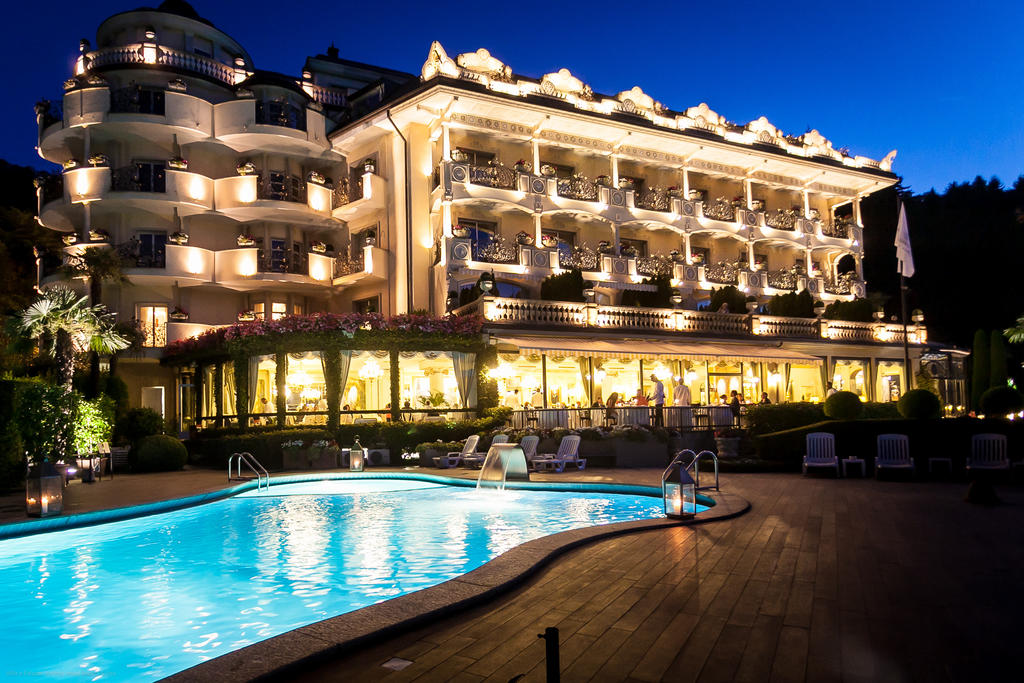



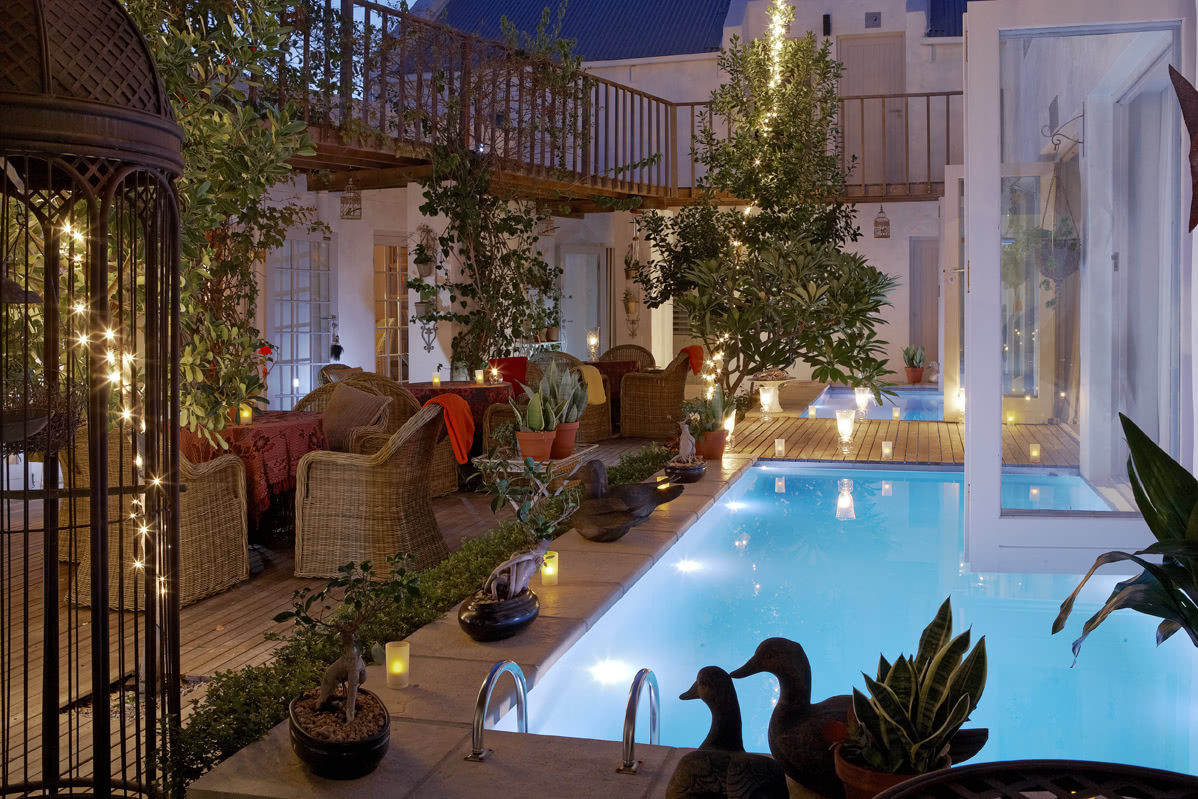
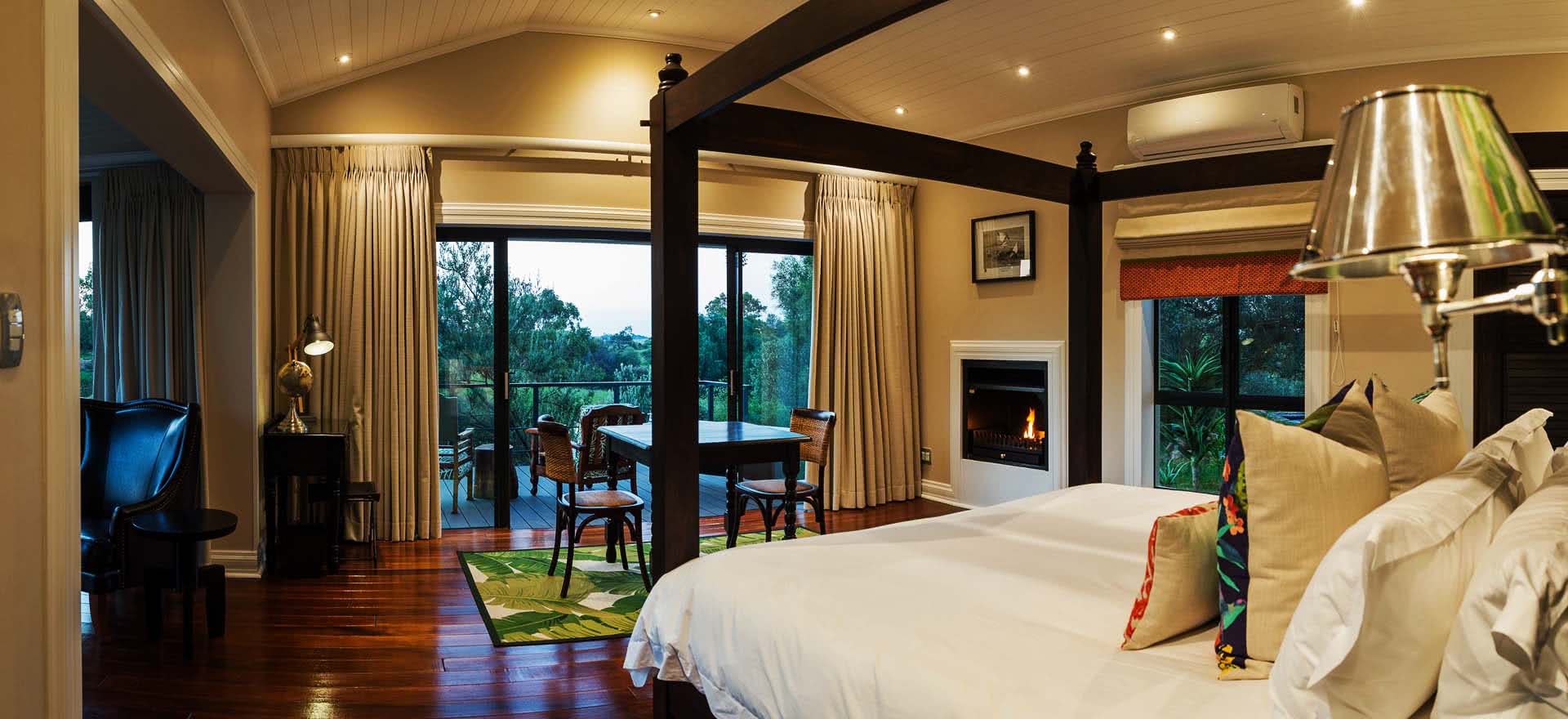





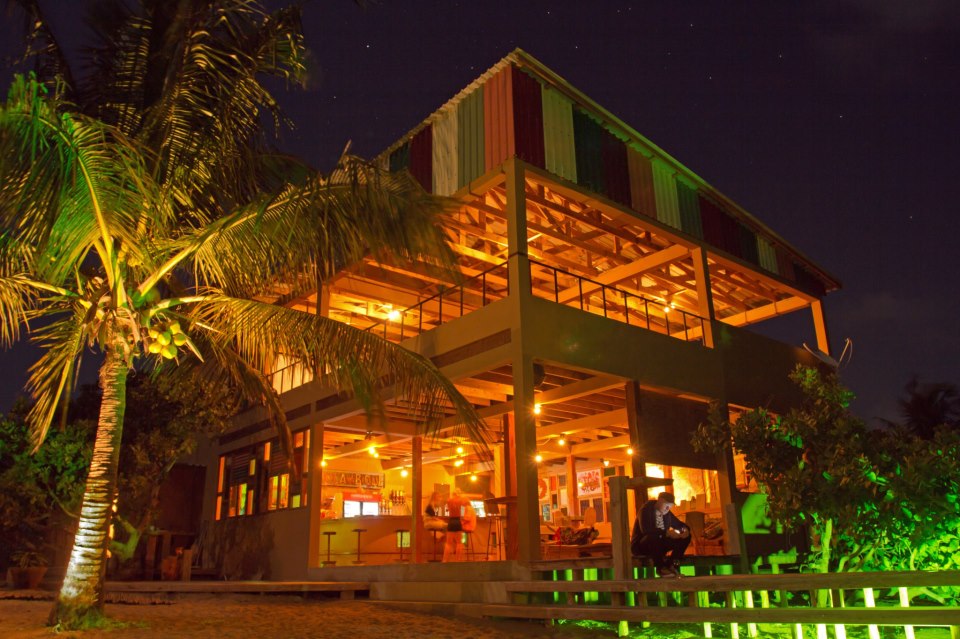




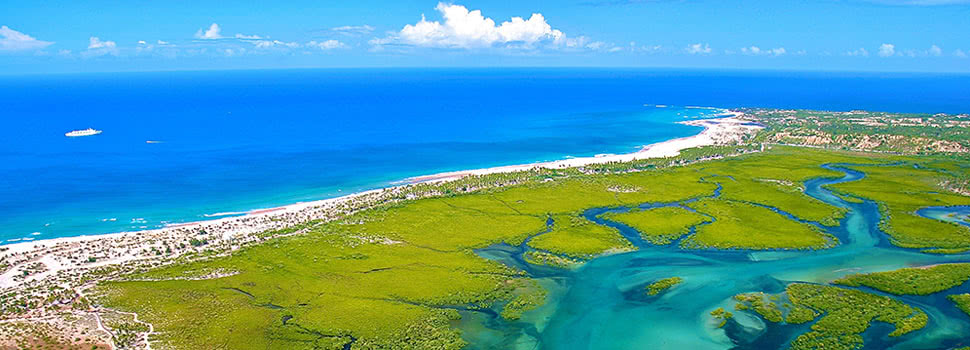
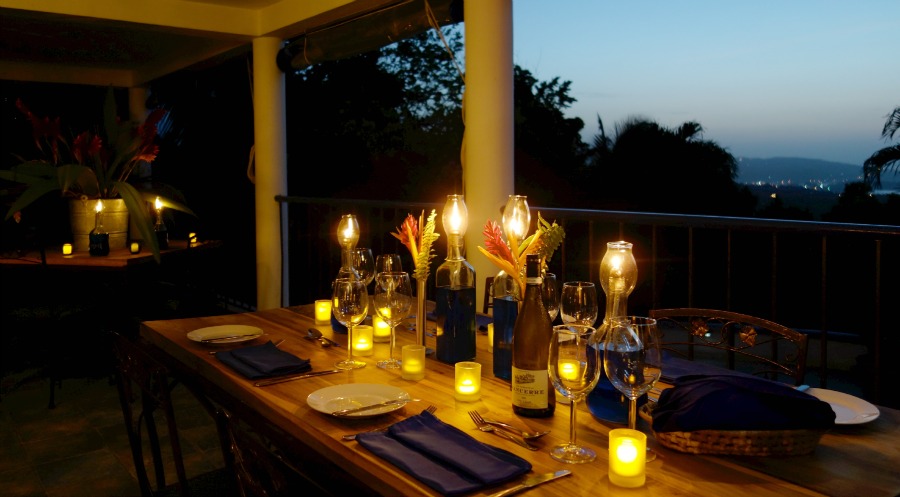



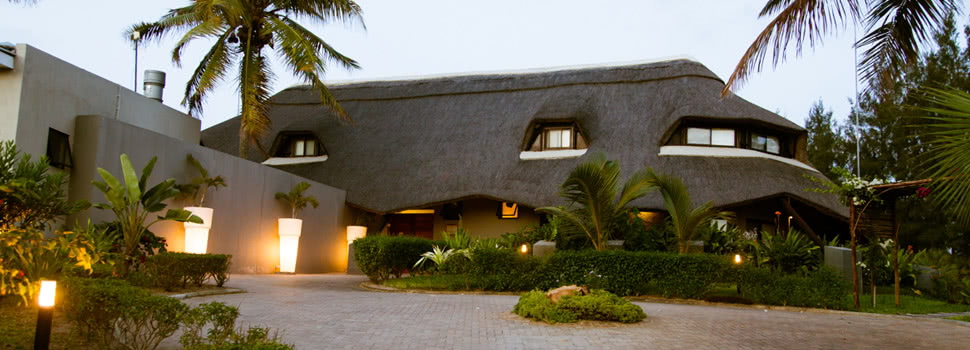



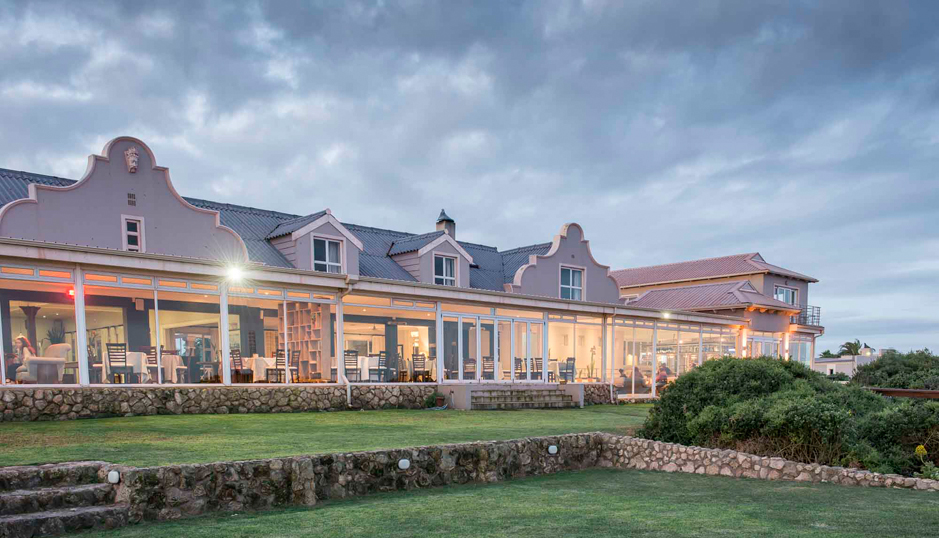


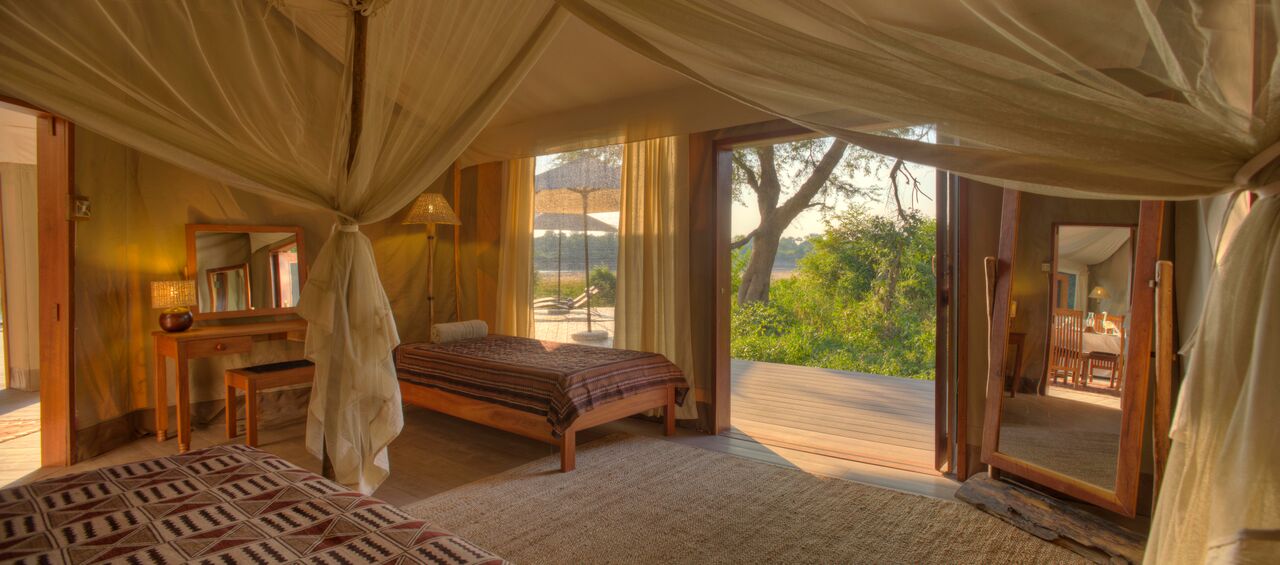


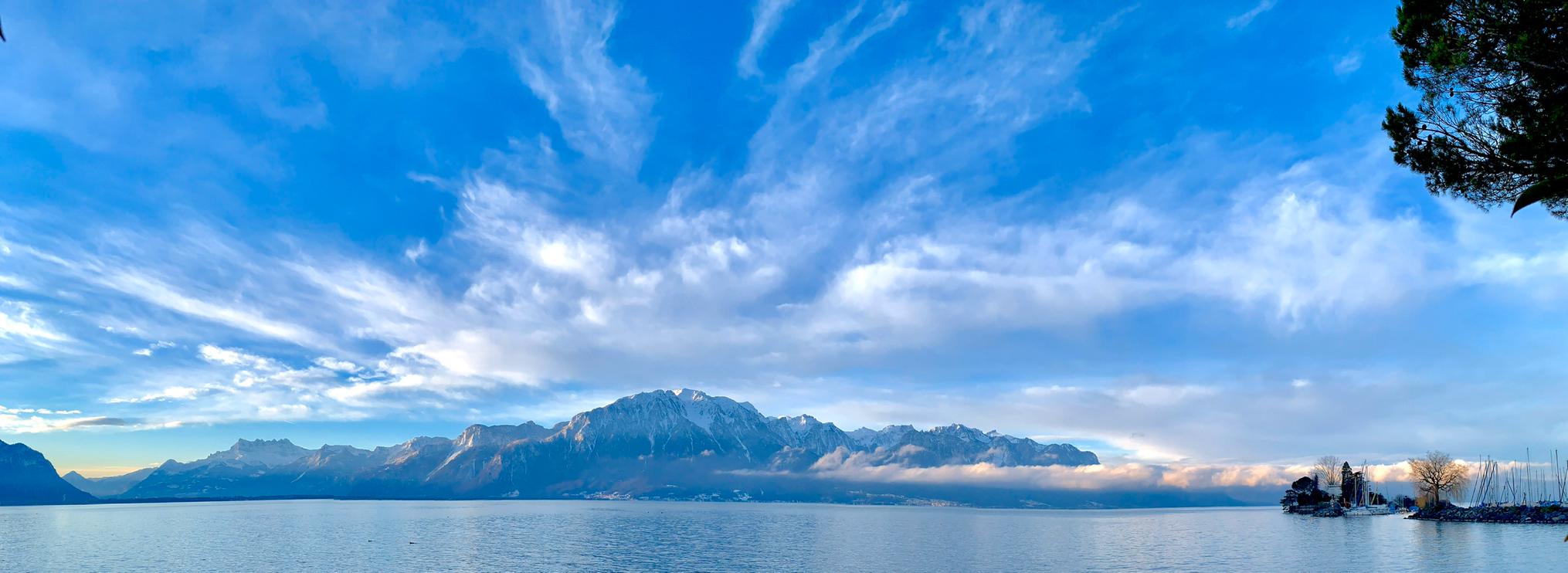


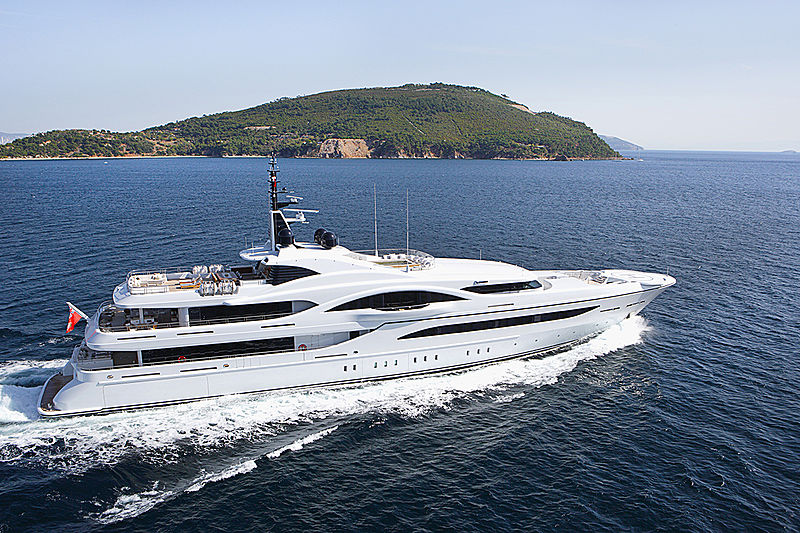














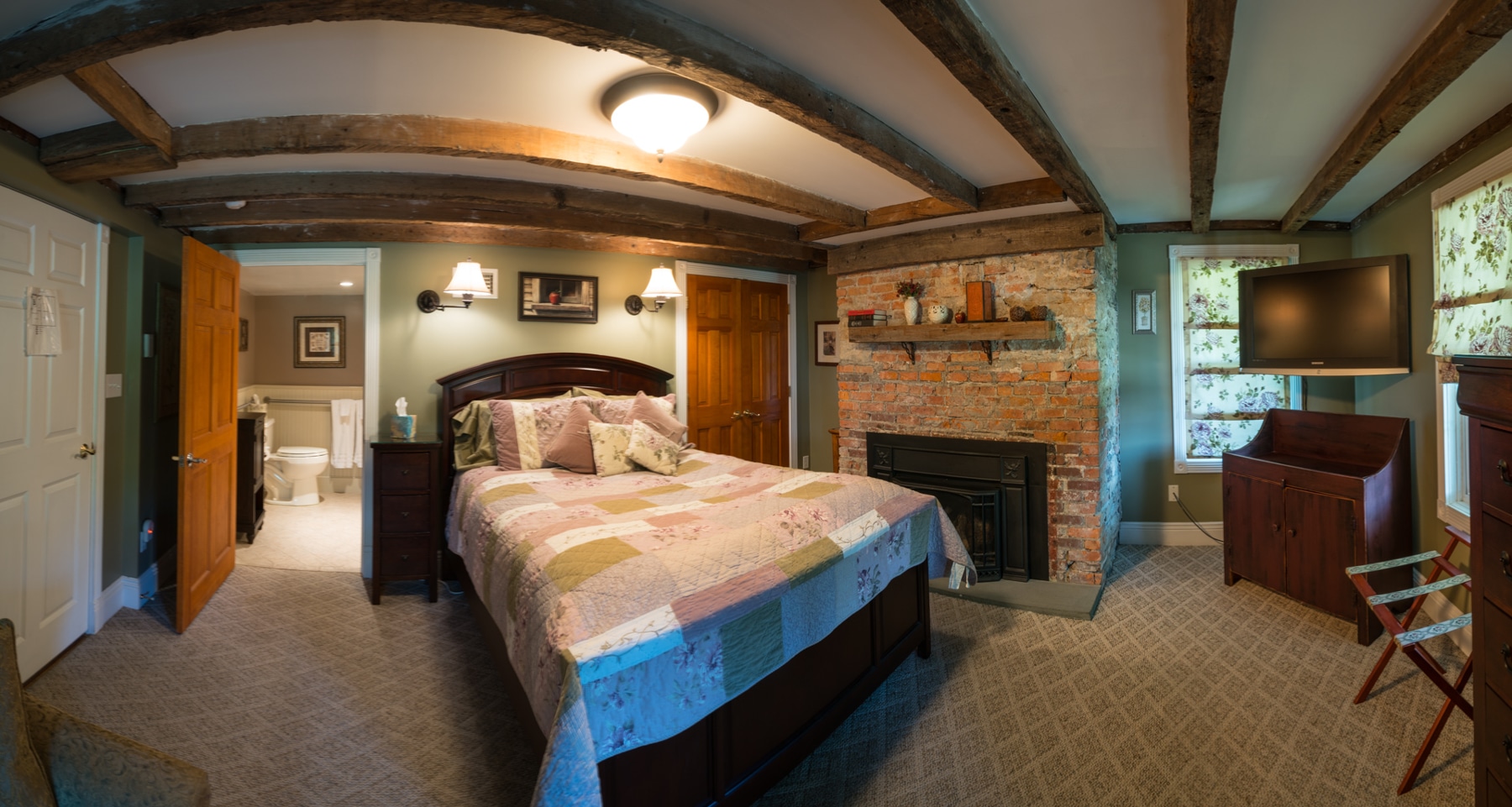






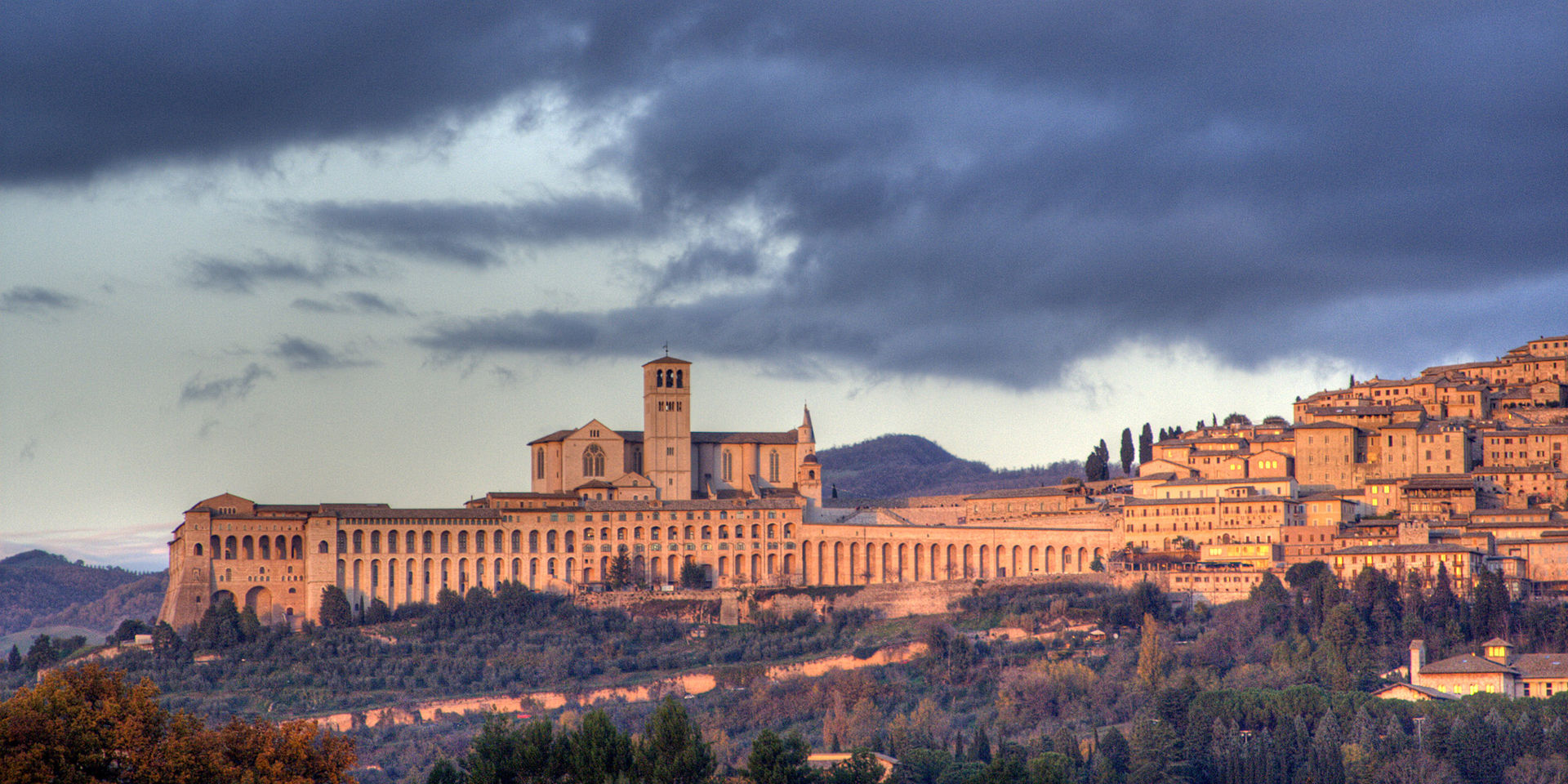
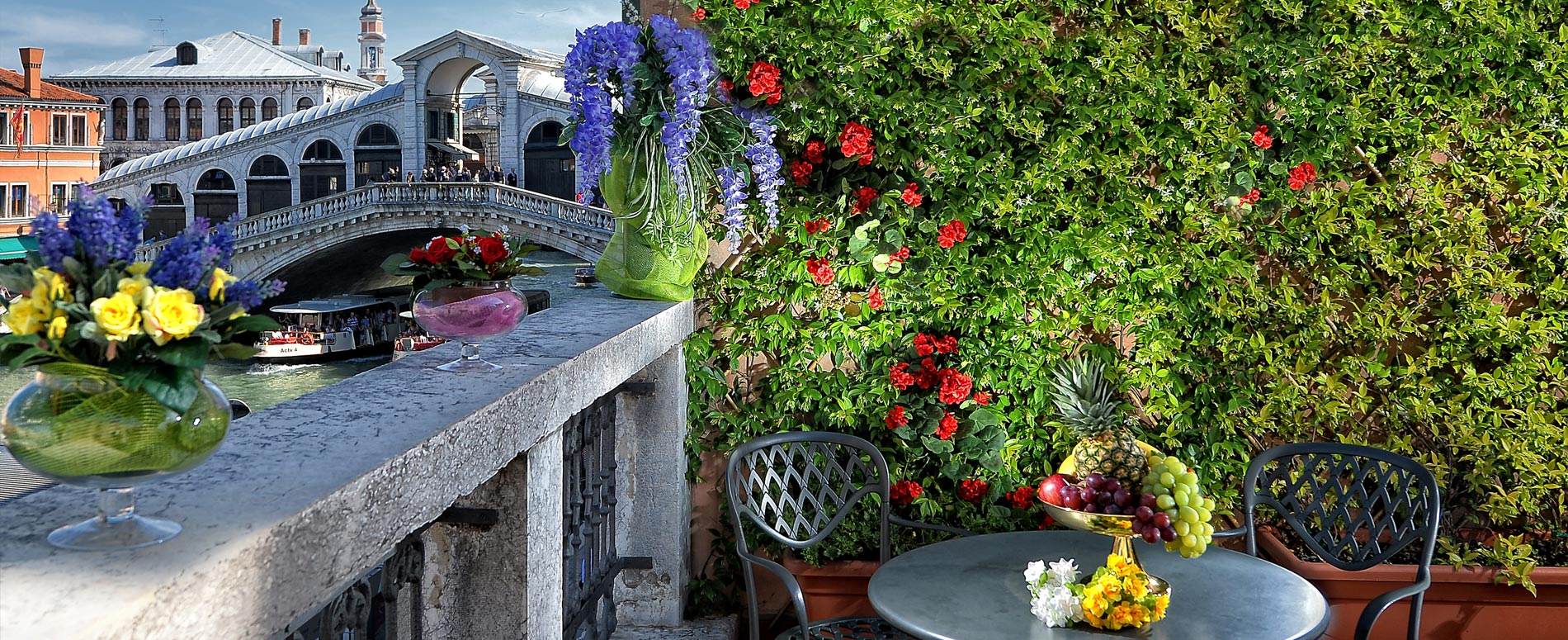








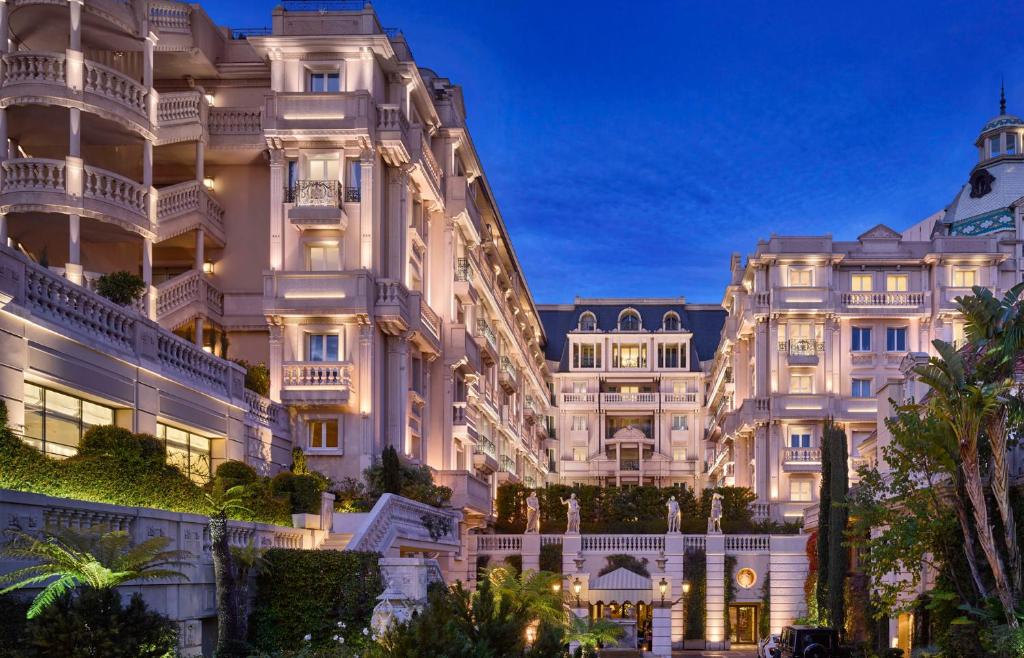



Italy
Agent: Giovanni Conti - (Italy, North and East Africa, Sri Lanka)
Agent Cellphone: +27 84 413 1071
Agent Office Number: +27 84 413 1071
Agent Email Address: giovanni@exquisitehotelconsultants.com
Type: Hotel
Bedrooms: 0
Bathrooms: 0
Parking: 0
Yield: Not Disclosed
Italy
Italy, officially the Italian Republic (Italian: Repubblica Italiana is a country consisting of a peninsula delimited by the Alps and surrounded by several islands. Italy is located in south-central Europe and it is also considered a part of western Europe. A unitary parliamentary republic with its capital in Rome, the country covers a total area of 301,340 km2 (116,350 sq mi) and shares land borders with France, Switzerland, Austria, Slovenia, and the enclaved microstates of Vatican City and San Marino. Italy has a territorial exclave in Switzerland (Campione) and a maritime exclave in Tunisian waters (Lampedusa). With around 60 million inhabitants, Italy is the third-most populous member state of the European Union.
Due to its central geographic location in Southern Europe and the Mediterranean, Italy has historically been home to myriad peoples and cultures. In addition to the various ancient peoples dispersed throughout what is now modern-day Italy, the most predominant being the Indo-European Italic peoples who gave the peninsula its name, beginning from the classical era, Phoenicians and Carthaginians founded colonies mostly in insular Italy. Greeks established settlements in the so-called Magna Graecia of Southern Italy, while Etruscans and Celts inhabited central and northern Italy respectively. An Italic tribe known as the Latins formed the Roman Kingdom in the 8th century BC, which eventually became a republic with a government of the Senate and the People. The Roman Republic initially conquered and assimilated its neighbours on the Italian peninsula, eventually expanding and conquering parts of Europe, North Africa and Asia. By the first century BC, the Roman Empire emerged as the dominant power in the Mediterranean Basin and became a Leading Cultural, political, political and religious centre, inaugurating the Pax Romana, a period of more than 200 years during which Italy's law, technology, economy, art, and literature developed. Italy remained the homeland of the Romans and the metropole of the empire, whose legacy can also be observed in the global distribution of culture, governments, Christianity and the Latin script.
During the Early Middle Ages, Italy endured the fall of the Western Roman Empire and barbarian invasions, but by the 11th century numerous rival city-states and maritime republics, mainly in the northern and central regions of Italy, rose to great prosperity through trade, commerce and banking, laying the groundwork for modern capitalism. These mostly independent statelets served as Europe's main trading hubs with Asia and the Near East, often enjoying a greater degree of democracy than the larger feudal monarchies that were consolidating throughout Europe; however, part of central Italy was under the control of the theocratic Papal States, while Southern Italy remained largely feudal until the 19th century, partially as a result of a succession of Byzantine, Arab, Norman, Angevin, Aragonese and other foreign conquests of the region. The Renaissance began in Italy and spread to the rest of Europe, bringing a renewed interest in humanism, science, exploration and art. Italian culture flourished, producing famous scholars, artists and polymaths. During the Middle Ages, Italian explorers discovered new routes to the Far East and the New World, helping to usher in the European Age of Discovery. Nevertheless, Italy's commercial and political power significantly waned with the opening of trade routes that bypassed the Mediterranean. Centuries of rivalry and infighting between the Italian city-states, such as the Italian Wars of the 15th and 16th centuries, left Italy fragmented and several Italian states were conquered and further divided by multiple European powers over the centuries.
By the mid-19th century, rising Italian nationalism and calls for independence from foreign control led to a period of revolutionary political upheaval. After centuries of foreign domination and political division, Italy was almost entirely unified in 1861, establishing the Kingdom of Italy as a great power. From the late 19th century to the early 20th century, Italy rapidly industrialised, mainly in the north, and acquired a colonial empire, while the south remained largely impoverished and excluded fro industrialisation, fuelling a large and influential diaspora. Despite being one of the four main allied powers in World War I, Italy entered a period of economic crisis and social turmoil, leading to the rise of the Italian fascist dictatorship in 1922. Participation in World War II on the Axis side ended in military defeat, economic destruction and the Italian Civil War. Following the liberation of Italy, the country abolished their monarchy, established a democratic Republic and enjoyed a prolonged economic boom, becoming a highly developed country.
Today, Italy is considered to be one of the world's most culturally and economically advanced countries, with the world's eighth-largest economy by nominal GDP (third in the European Union), sixth-largest national wealth and third-largest central bank gold reserve. It ranks very highly in life expectancy, quality of life, healthcare, and education. The country plays a prominent role in regional and global economic, military, cultural and diplomatic affairs; it is both a regional power and a great power, and is ranked the world's eighth most-powerful military. Italy is a founding and leading member of the European Union and a member of numerous international institutions, including the UN, NATO, the OECD, the OSCE, the WTO, the G7, the G20, the Union for the Mediterranean, the Council of Europe, Uniting for Consensus, the Schengen Area and many more. The country has long been a global centre of art, music, literature, philosophy, science and technology, and fashion, and has greatly influenced and contributed to diverse fields including cinema, cuisine, sports, jurisprudence, banking and business. As a reflection of its cultral wealth, Italy is home to the world's largest number of World Heritage Sites (55) and is the fifth-most visited country.
Geography
Italy is located in Southern Europe (it is also considered a part of western Europe) between latitudes 35° and 47° N, and longitudes 6° and 19° E. To the north, Italy borders France, Switzerland, Austria, and Slovenia and is roughly delimited by the Alpine watershed, enclosing the Po Valley and the Venetian Plain. To the south, it consists of the entirety of the Italian Peninsula and the two Mediterranean islands of Sicily and Sardinia (the two biggest islands of the Mediterranean), in addition to many smaller islands. The sovereign states of San Marino and the Vatican City are enclaves within Italy,[153][154] while Campione d'Italia is an Italian exclave in Switzerland.
The country's total area is 301,230 square kilometres (116,306 sq mi), of which 294,020 km2 (113,522 sq mi) is land and 7,210 km2 (2,784 sq mi) is water. Including the islands, Italy has a coastline and border of 7,600 kilometres (4,722 miles) on the Adriatic, Ionian, Tyrrhenian seas (740 km (460 mi)), and borders shared with France (488 km (303 mi)), Austria (430 km (267 mi)), Slovenia (232 km (144 mi)) and Switzerland (740 km (460 mi)). San Marino (39 km (24 mi)) and Vatican City (3.2 km (2.0 mi)), both enclaves, account for the remainder.
Waters
Four different seas surround the Italian Peninsula in the Mediterranean Sea from three sides: the Adriatic Sea in the east, the Ionian Sea in the south, and the Ligurian Sea and the Tyrrhenian Sea in the west.
Including islands, Italy has a coastline of 7,900 km. Italian coasts include the Amalfi Coast, Cilentan Coast, Coast of the Gods, Costa Verde, Riviera delle Palme, Riviera del Brenta, Costa Smeralda and Trabocchi Coast. The Italian Riviera includes nearly all of the coastline of Liguria, extending from the border with France near Ventimiglia eastwards to Capo Corvo, which marks the eastern end of the Gulf of La Spezia.
The Apennines run along the entire length of the peninsula, dividing the waters into two opposite sides. On the other hand, the rivers are numerous due to the relative abundance of rains and to the presence of the Alpine chain in northern Italy with snowfields and glaciers. The fundamental watershed follows the ridge of the Alps and the Apennines and delimits five main slopes, corresponding to the seas into which the rivers flow: the Adriatic, Ionic, Tyrrhenian, Ligurian and Mediterranean sides. Taking into consideration their origin, the Italian rivers can be divided into two main groups: the Alpine-Po rivers and the Apennine-island rivers.
Most of the rivers of Italy drain either into the Adriatic Sea, such as the Po, Piave, Adige, Brenta, Tagliamento, and Reno, or into the Tyrrhenian, like the Arno, Tiber and Volturno. The waters from some border municipalities (Livigno in Lombardy, Innichen and Sexten in Trentino Alto Adige/Südtirol) drain into the Black Sea through the basin of the Drava, a tributary of the Danube, and the waters from the Lago di Lei in Lombardy drain into the North Sea through the basin of the Rhine.
Along the Italian coasts there are lagoons, including the Venice, Grado Lagoon and Marano lagoons in northern Adriatic, and the Orbetello lagoon on the Tuscan coast. The swamps and ponds that in the past covered vast flat areas of Italy, have largely been dried up in recent centuries; the few remaining wetlands, such as the Comacchio Valleys in Emilia-Romagna or the Stagno di Cagliari in Sardinia, are protected natural environments.
Tourism
From the late 19th century until the 1960s Italy was a country of mass emigration. Between 1898 and 1914, the peak years of Italian diaspora, approximately 750,000 Italians emigrated each year. The diaspora concerned more than 25 million Italians and it is considered the biggest mass migration of contemporary times. As a result, today more than 4.1 million Italian citizens are living abroad, while at least 60 million people of full or part Italian ancestry live outside of Italy, most notably in Argentina, Brazil, Uruguay, Venezuela, the United States, Canada, Australia and France.
Culture
Italy has more UNESCO World Heritage Sites (55) than any other country in the world, and has rich collections of art, culture and literature from many periods. The country has had a broad cultural influence worldwide, also because numerous Italians emigrated to other places during the Italian diaspora. Furthermore, Italy has, overall, an estimated 100,000 monuments of any sort (museums, palaces, buildings, statues, churches, art galleries, villas, fountains, historic houses and archaeological remains), and according to some estimates, the nation is home to half the world's great art treasures.
Architecture
Along with pre-historic architecture, the first people in Italy to truly begin a sequence of designs were the Greeks and the Etruscans, progressing to classical Roman,then to the revival of the classical Roman era during the Renaissance and evolving into the Baroque era. The Christian concept of a Basilica, a style of church architecture that came to dominate the early Middle Ages, was invented in Rome. They were known for being long, rectangular buildings, which were built in an almost ancient Roman style, often rich in mosaics and decorations. The early Christians' art and architecture was also widely inspired by that of the pagan Romans; statues, mosaics and paintings decorated all their churches.The first significant buildings in the medieval Romanesque style were churches built in Italy during the 800's. Byzantine architecture was also widely diffused in Italy. The Byzantines kept Roman principles of architecture and art alive, and the most famous structure from this period is the Basilica of St. Mark in Venice.
The greatest flowering of Italian architecture took place during the Renaissance. Filippo Brunelleschi made great contributions to architectural design with his dome for the Cathedral of Florence, a feat of engineering that had not been accomplished since antiquity. A popular achievement of Italian Renaissance architecture was St. Peter's Basilica, originally designed by Donato Bramante in the early 16th century. Also, Andrea Palladio influenced architects throughout western Europe with the villas and palaces he designed in the middle and late 16th century; the city of Vicenza, with its twenty-three buildings designed by Palladio, and twenty-four Palladian Villas of the Veneto are listed by UNESCO as part of a World Heritage Site named City of Vicenza and the Palladian Villas of the Veneto.
The Baroque period produced several outstanding Italian architects in the 17th century, especially known for their churches. The most original work of all late Baroque and Rococo architecture is the Palazzina di caccia di Stupinigi, dating back to the 18th century. Luigi Vanvitelli began in 1752 the construction of the Royal Palace of Caserta. In this large complex, the grandiose Baroque style interiors and gardens are opposed to a more sober building envelope. In the late 18th and early 19th centuries Italy was affected by the Neoclassical architectural movement. Everything from villas, palaces, gardens, interiors and art began to be based on Roman and Greek themes.
During the Fascist period, the so-called "Novecento movement" flourished, based on the rediscovery of imperial Rome, with figures such as Gio Ponti and Giovanni Muzio. Marcello Piacentini, responsible for the urban transformations of several cities in Italy and remembered for the disputed Via della Conciliazione in Rome, devised a form of simplified Neoclassicism.
Our Italian specialist has informed me that Italy's Superbonus is coming soon for hotels. Here are details of the measures:
The total amount of funds allocated by the Government for the Superbonus, the new contribution available to hotels for the renovation and upgrading of facilities, is 1.9 billion euros.
The objective, explained by the undersecretary for Ecological Transition, Vannia Gava, is to "reduce energy consumption by 20%", improving efficiency in a sector that "is characterised by excessive dispersion".
The details
As Tourism Minister, Massimo Garavaglia, has made known, the Superbonus, which will include the possibility of exploiting the funds of the NRP for "different measures of various kinds", will be multiannual and will allow tourism operators "to better organise the relaunch of their structures".
The maximum amount of contributions - as explained by tg24.sky.it - will be disbursed at the end of the intervention works, in a single solution. For female entrepreneurs, it will also be possible to increase the funding by 10%. The intervention will be structured partly as a tax credit and partly as non-repayable contributions.
The tax credit," said Garavaglia, "will be transferable like the 110% Superbonus," while the non-repayable contribution will be granted up to a maximum of 200,000 euros, as explained by tg24.sky.it.
The system of measures is therefore ready, it remains now to see when they will be approved. Garavaglia stressed that it will only be necessary to assess whether it will be transformed directly into a short decree or budget law.
Italiano
Il nostro specialista italiano mi ha informato che il Superbonus italiano è in arrivo per gli hotel. Ecco i dettagli delle misure:
L'ammontare complessivo dei fondi stanziati dal Governo per il Superbonus, il nuovo contributo a disposizione degli alberghi per la ristrutturazione e la riqualificazione delle strutture, è di 1,9 miliardi di euro.
L'obiettivo, ha spiegato il sottosegretario alla Transizione ecologica, Vannia Gava, è quello di "ridurre i consumi energetici del 20%", migliorando l'efficienza di un settore che "è caratterizzato da un'eccessiva dispersione".
I dettagli
Come ha reso noto il ministro del Turismo, Massimo Garavaglia, il Superbonus, che prevede la possibilità di sfruttare i fondi del PNR per "interventi di varia natura", sarà pluriennale e permetterà agli operatori turistici "di organizzare al meglio il rilancio delle proprie strutture".
L'importo massimo dei contributi - come spiega tg24.sky.it - sarà erogato al termine dei lavori di intervento, in un'unica soluzione. Per le imprenditrici sarà possibile anche aumentare il finanziamento del 10%. L'intervento sarà strutturato in parte come credito d'imposta e in parte come contributi a fondo perduto.
Il credito d'imposta - ha detto Garavaglia - sarà cedibile come il Superbonus al 110%", mentre il contributo a fondo perduto sarà concesso fino a un massimo di 200.000 euro, come spiega il tg24.sky.it.
Il sistema di misure è dunque pronto, resta ora da vedere quando saranno approvate. Garavaglia ha sottolineato che bisognerà solo valutare se sarà trasformato direttamente in un decreto breve o in una legge di bilancio.





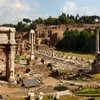


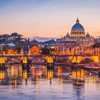






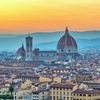
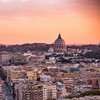




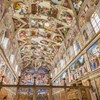







































Cliff Jacobs (Nat Dpl Hotel Man (UJ). MPRE. GA Level 5 TEFL) Managing Principal / CEO Exquisite Hotel Consultants (Pty) Ltd Mobile: +27 (0) 84 413 1071 / +27 (0) 61 716 6951 Email: cliff@exquisitehotelconsultants.com Web: https://www.exquisitehotelconsultants.com © All rights reserved Terms and Conditions apply Scroll down to view our Hospitality Properties and Businesses for sale or lease or lease-to-buy or partnership arrangement or management agreement arrangement.
